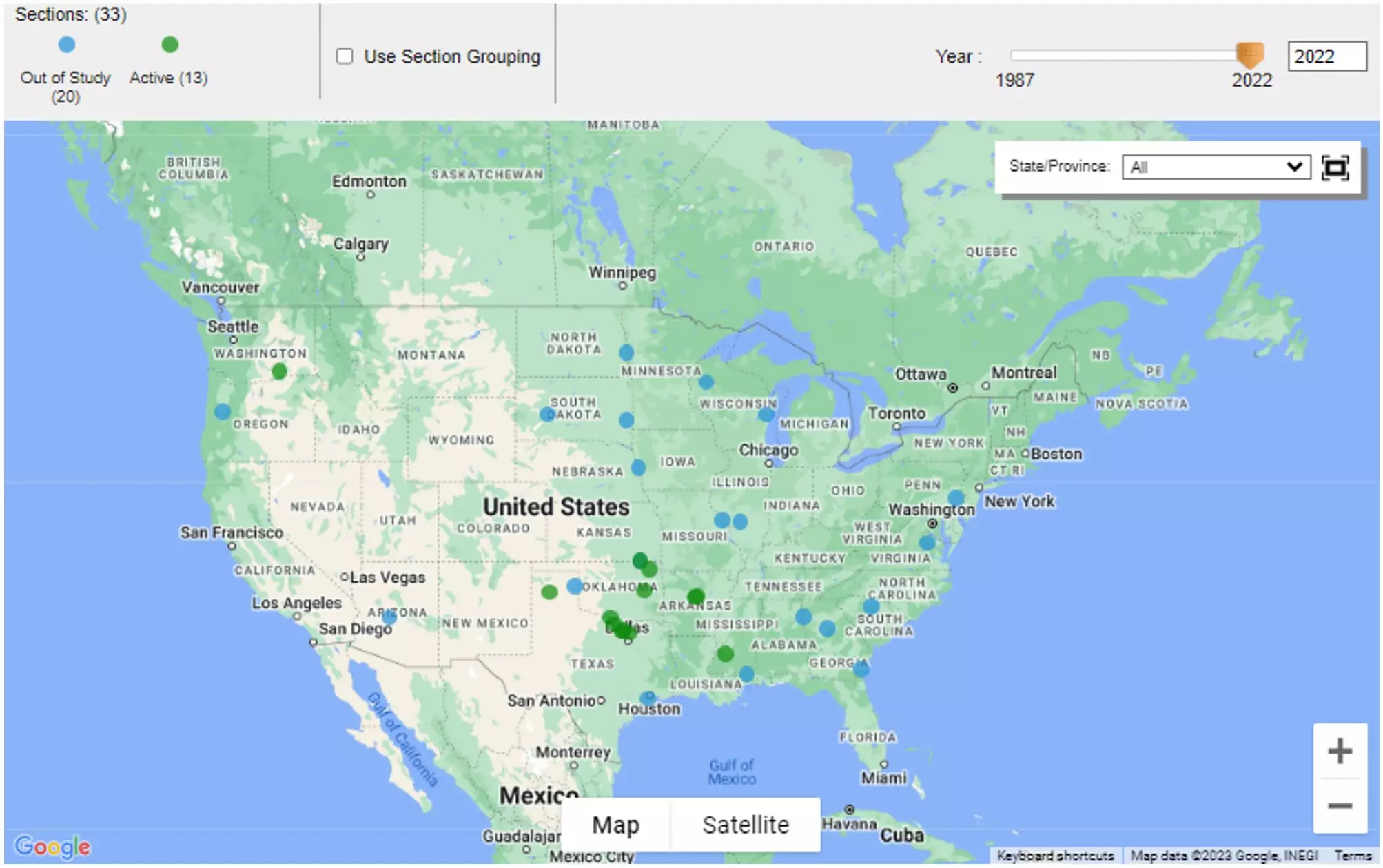Reinforced concrete has long been hailed as the backbone of modern construction. Its strength and durability make it the material of choice for a diverse array of structures, from skyscrapers to bridges, and even pavements. However, despite its robust reputation, reinforced concrete is not impervious to deterioration; one of the most pressing issues is spalling—a phenomenon largely triggered by the corrosion of steel reinforcements embedded within the concrete. This corrosion leads to expansive forces that can cause cracking and significant structural degradation. As a result, spalling not only compromises the integrity of structures but also poses severe safety risks, necessitating effective predictive measures.
The Role of Machine Learning in Predictive Analysis
Researchers at the University of Sharjah have embarked on an innovative journey that leverages machine learning to forecast when and why spalling occurs in reinforced concrete. Their groundbreaking research, which was featured in the journal *Scientific Reports*, introduces sophisticated models that analyze a range of factors influencing spalling. By integrating statistical analysis with machine learning techniques, the researchers aim to provide civil engineers with the insights necessary for preemptive action, potentially saving millions in repair costs while preserving structural integrity.
Initially, the research team meticulously assessed a variety of parameters, categorizing them as age, thickness, temperature, precipitation, and traffic conditions. Each of these elements plays a significant role in the deterioration process, and a thorough understanding of their interplay can lead to more informed maintenance strategies. This approach not only highlights the complexity of spalling but also underscores the necessity for a nuanced predictive model that can effectively process multifaceted variables.
The research identifies several key factors affecting Continuously Reinforced Concrete Pavement (CRCP), which is recognized as a leading form of pavement engineered to resist environmental and traffic pressures without the need for transverse joints. Among the parameters analyzed, the Annual Average Daily Traffic (AADT) emerged as particularly crucial. AADT is calculated by summing up the total traffic across a pavement over an entire year, subsequently divided by the number of days. This metric is vital for appraising the wear and tear on concrete, as increased traffic can exacerbate stalling.
Dr. Ghazi Al-Khateeb, the lead researcher and a professor at the University, emphasized that climate variables including temperature, precipitation, and humidity play a pivotal role in the deterioration of CRCP, along with physical attributes such as pavement thickness. Understanding these factors increases the efficacy of predictive modeling, allowing for targeted interventions before substantial damage occurs.
The Machine Learning Framework
The authors adopted a systematic methodology composed of several stages, including the employment of regression analysis to establish relationships among the various influencing factors. The selected models—Gaussian Process Regression and ensemble tree methods—were particularly effective in capturing the intricate relationships present within the dataset. Their findings revealed that factors such as age, annual temperature averages, and maximum humidity were instrumental in predicting instances of spalling.
Importantly, the predictive accuracy of the machine learning models varied based on the dataset’s characteristics, underscoring the necessity for judicious model selection when applying these techniques. Prof. Al-Khateeb noted that while machine-learning models present valuable capabilities, engineers must remain cautious, ensuring that they choose the most fitting model based on specific situational needs.
The implications of this research are profound, advancing the field of pavement engineering by illuminating the complex factors influencing spalling in CRCP. Through their refined understanding, engineers can develop targeted maintenance strategies that take into account crucial variables such as age, environmental conditions, and traffic load.
Moreover, this study not only provides a roadmap for enhancing the durability of CRCP infrastructure but also opens doors for future research and predictive methodologies. The emphasis on informed decision-making in transportation infrastructure management could lead to significant advancements in how we approach the maintenance and longevity of concrete structures.
The collaboration of machine learning technologies with traditional engineering practices marks a pivotal step forward in the management of reinforced concrete structures. By utilizing these predictive models, we can foresee maintenance needs, minimize risks, and ensure the longevity of critical infrastructure essential to our modern livelihoods. This research stands as a beacon of progress in a field that is increasingly reliant on technology to shape the future of construction and civil engineering.

